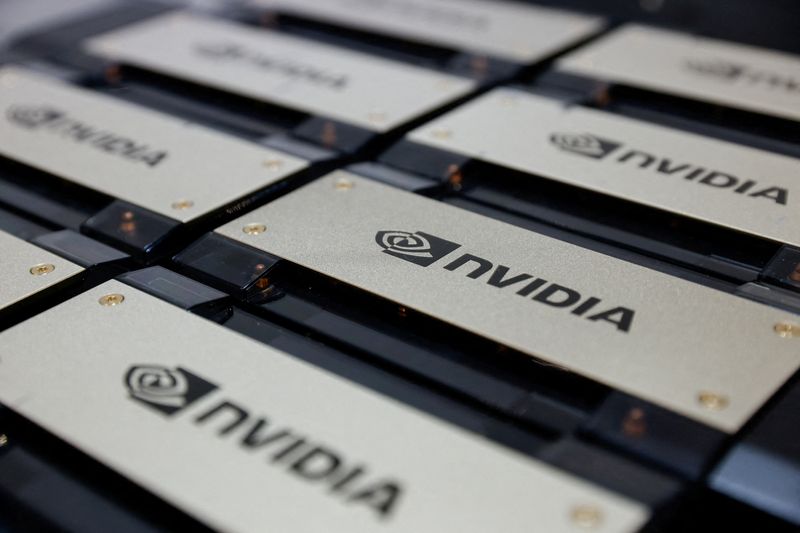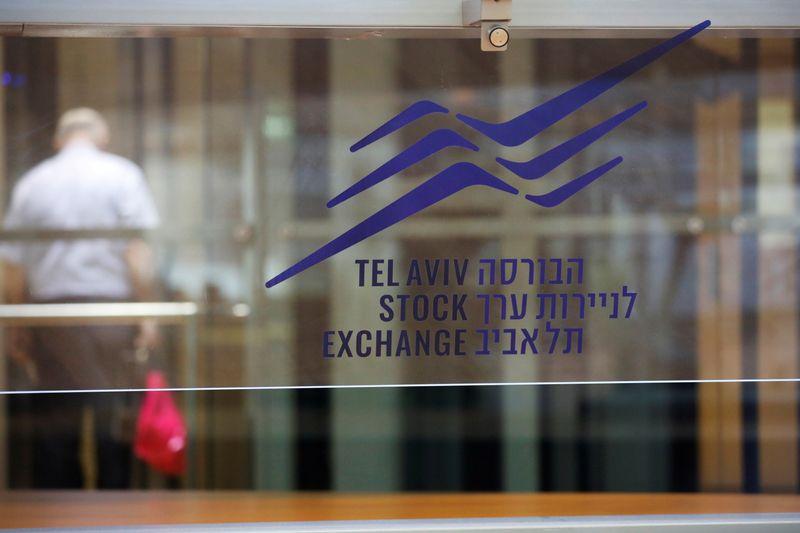Investing.com — Mizuho’s Asia hardware and semiconductor analysts have raised their 2025 forecast for Nvidia’s AI GPU units, anticipating stronger-than-expected growth driven by expanded production capacity.
The analysts adjusted Nvidia’s total 2025 AI GPU shipments by 8-10% higher than its July 2024 estimates, citing key supply chain improvements, especially in CoWoS (Chip on Wafer on Substrate) technology.
The report highlights that Nvidia (NASDAQ:) is set to ship between 6.5 to 7 million units in 2025, including 3 million units of CoWoS-S GPUs. These will largely include the Hopper and Blackwell models, with CoWoS-S reaching a yield of over 99%.
In addition, CoWoS-L, another Nvidia process, is expected to produce between 3.8 and 4 million units, with a focus on supporting the high-demand GB200 server racks, allocating 80-90% of the output to this product line.
Mizuho’s revised forecast comes as Taiwan Semiconductor Manufacturing (NYSE:), Nvidia’s key production partner, is doubling its annual wafer capacity.
“We expect the tightness in CoWoS supply to continue into 2025 but project gradual improvement with an estimated annual wafer capacity of above 650,000 coming on line at TSMC next year (up 2x YoY),” the note states.
“In addition to increasing front-end (chip-on-wafer) capacity, some back-end (on-substrate) processes are expected to be outsourced to Advanced Semiconductor Engineering (ASE), and the supply-demand situation is expected to gradually improve.”
Analysts think that investors’ concerns about potential delays in the Blackwell GPU rollout have been “exaggerated,” pointing out that both TSMC and SK Hynix Inc (KS:) are on track for sales growth following the launch of the Blackwell GPU in the fourth quarter of 2024.
Overall, Mizuho’s Asia hardware and semis analysts do not expect delays on the semiconductor side, including AI GPUs and ASICs, to impact AI server production in 2025. They also noted that Taiwanese back-end equipment vendors, such as Allring Tech, are likely to benefit from TSMC’s vendor localization efforts.
Read the full article here


















